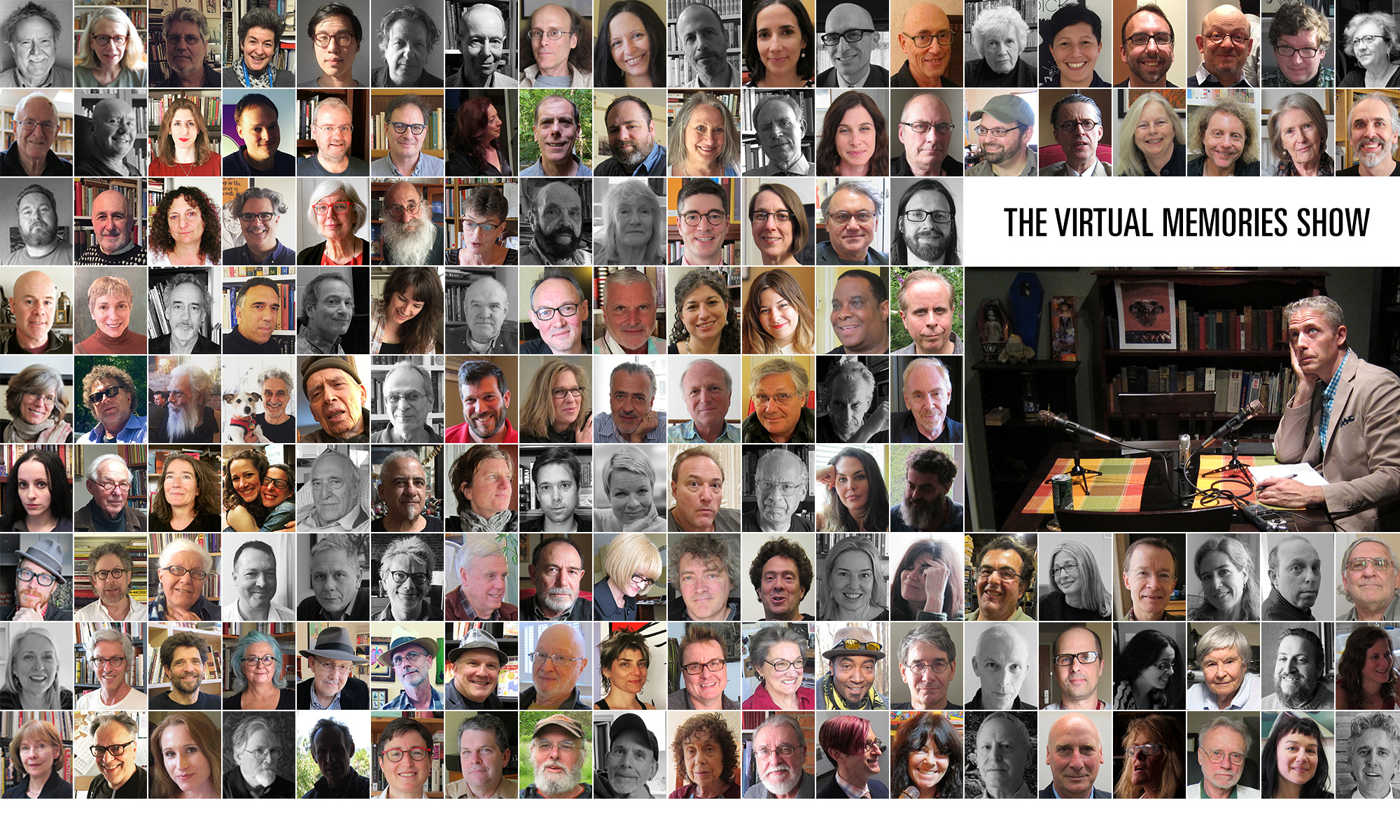Sorry not to have written in the past week. Work’s been hectic, and my evenings have been spent at work on that Paul West book (“The Immensity of the Here and Now”). I’m going to publishing it, and hope to have it all put together in time for a hardcover release by 9.11 of this year. This site’ll likely chronicle a lot of that activity, offering some insight into the strange world of small press publishing.
And now, on with the Gil Roth Show . . .
Y Kant Gil Turn Away
I was helping put together an NEA grant application for one of my authors last night (yeah, I know, exciting way to spend a Friday night; sue me), and had VH1 Classic on in the background. For those of you not familiar with it (I think it’s only on satellite), this channel spends most of its time showing videos from the 1980s. And not just later ’80s metal bands or anything; VH1 Classic airs ridiculous amounts of great New Wave tunes and post-New Wave pop. Which is to say, it’s my childhood (youth, really) splattered on a TV tube.
Last night, during the Request Hour, they aired a video for a song called “The Big Picture.” It was from Tori Amos‘ first effort, known as “Y Kant Tori Read.” I recognized the voice and turned to watch the video. I found myself transfixed for the next 4+ minutes. Somehow, a major label felt that they needed to position this girl as Tiffany’s sluttier sister. The hair was teased up, the skirts were short, and she spent the last two minutes of the video bouncing to a beat, with the camera strategically trying to catch some jiggling.
No, really. Tori Amos. Jiggling. Now, this isn’t to say she wasn’t kinda hot, especially in the part where she was wearing leather low-riders and a little green top. But considering how her career took off when she was re-positioned as a demented art-school girl of doom (I’m generalizing; don’t kill me) a few years later, it’s sort of an amazing transformation.
I mean, there are times that I marvel over the career progression of The Beatles. They managed to go, in 4 years, from (incredibly gifted) pop music writers into innovators whose work is so profoundly uncanny that we barely recognize its influence upon us. By which I mean, a bunch of aspects of contemporary music are so Beatles-derived that we have a hard time imagining that they didn’t exist previously. Not to give them sole credit/blame for music today. In fact, they were part of a pretty insanely creative matrix of musicians that drove each other to greater heights through competition. But that’s neither here nor there.
What I’m getting at is that, given the Lilith Fair-like aspect of her later career (which, from what I gather, has led to a bizarrely esoteric recent release), it’s hard for me to imagine that she would’ve been so willing to be marketed like that back in 1988. But then, a lot of people do crazy things for fame. I’m fortunate enough not to have come anywhere close to fame, and instead have negotiated my way through a whole ton of regular life.
And, though I’ve barely listened to Tori Amos’ work since about 1995, I’ll always hold her in a certain regard. After all, without her Little Earthquakes album (plus Diva, by Annie Lennox), getting girls during my senior year of college could’ve been a lot tougher . . .
